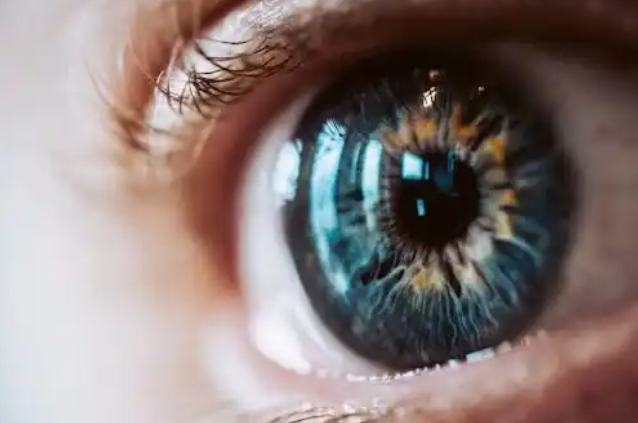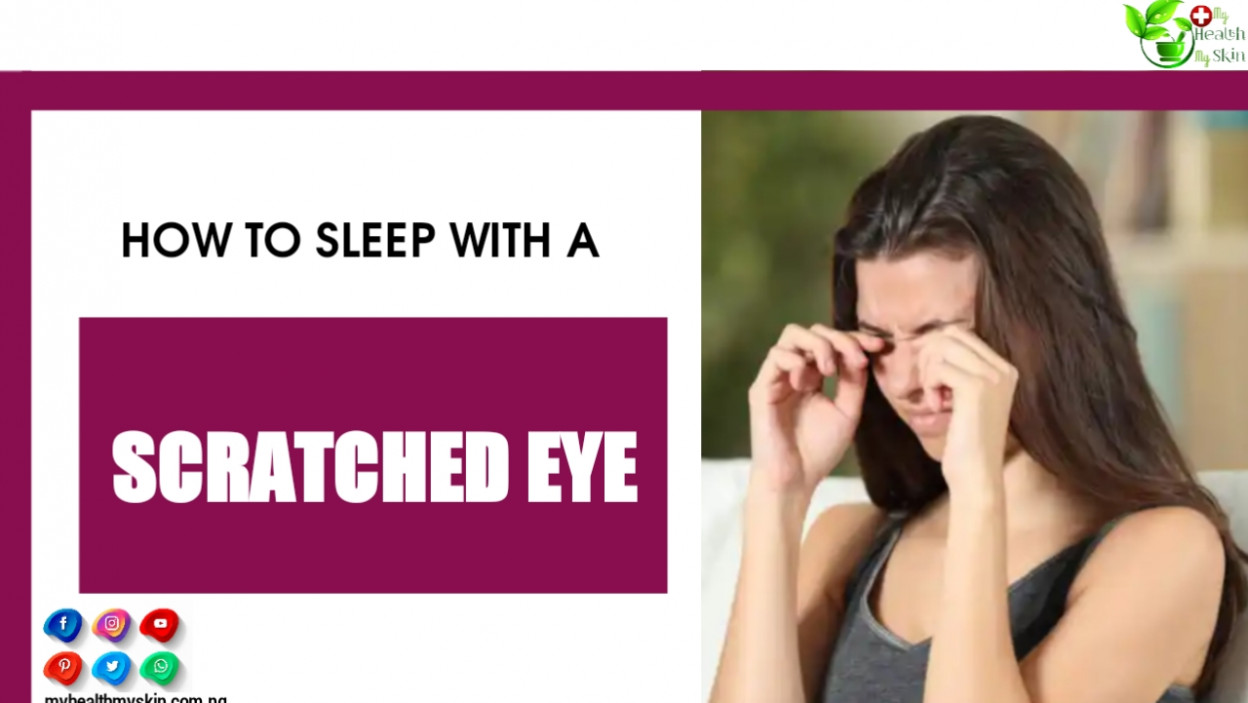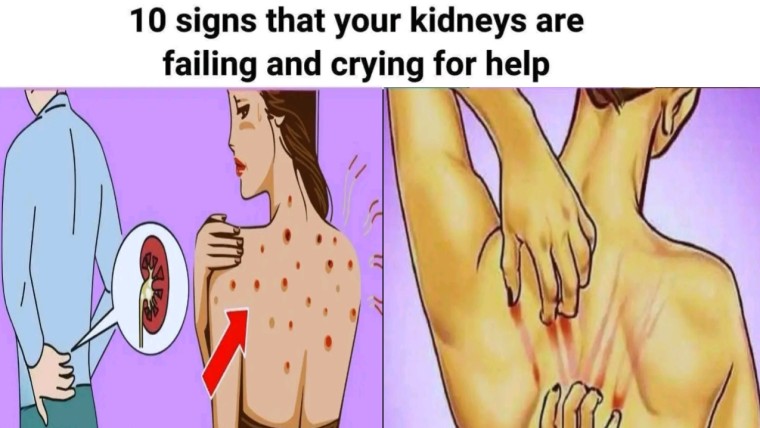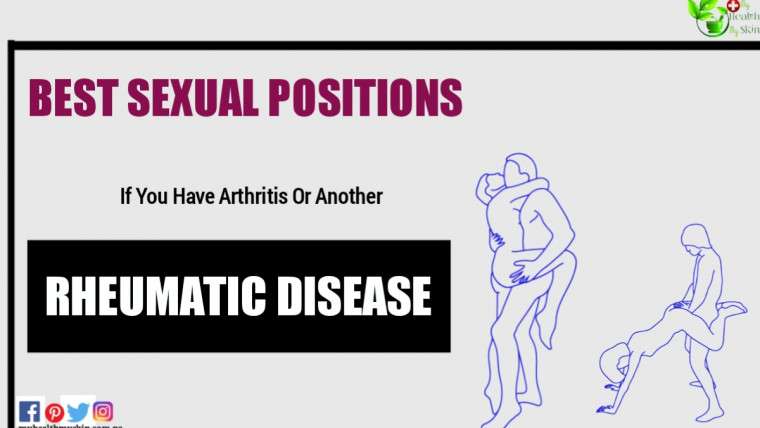Scratched eye is one of the most common types of eye trauma in ophthalmologists’ offices. Fortunately, most of the time, these are not serious occurrences, and patients make a full recovery within a few days.
Still, there’s no doubt that any accident involving the eyes brings a lot of anxiety to the sufferer (and even to those close to them). Some cases of scratched eye can actually be more serious, requiring emergency eye care to ensure vision preservation!
But then, what to do if you (or someone close to you) has an accident like this? What measures can be taken to alleviate the situation?
And when is it essential to look for the ophthalmologist? Read on to find out!
[lwptoc]
Scratched Eye Or Corneal Abrasion

The case of scratched eye is treated by doctors by the name of “ corneal abrasion”. This is because, in these cases, it is this outermost region of the eyeball that is usually damaged in accidents of this type.
This thin membrane that surrounds the lens is responsible for protecting the front of the eye and also acts on the concentration of light and on the refraction process in the retina, helping to form clear images. That is, it is essential for vision!
Corneal abrasion can be caused either from the brief contact of a sharp surface on the cornea (by some trauma or scratch from a pet) or from the entry of a foreign body that exerts continuous friction on the eyeball, causing injury (cyst or dust, for example).
Typical Symptoms Of an Eye Scratch (Corneal Abrasion)
The presence of any foreign body in the eye can cause symptoms such as irritation, itching, tearing, pain and difficulty seeing.
However, a good sign that nothing more serious has happened to your eyes is when you notice relief after a few moments, either spontaneously or after washing your eyes.
In cases of corneal abrasion, however, the removal of the foreign body may not bring the expected relief, since it left a lesion in this structure.
In such cases, the possible symptoms are:
- Pain in the affected eye remains severe even after removal of the foreign body
- Photophobia, or heightened sensitivity to light.
- Difficulty opening the eye or keeping it open.
- Persistent tearing and, in some cases, even bleeding.
- Difficulty seeing: Blurred and blurred vision in the injured eye.
How to Treat a Scratched Eye to Help You Sleep Well
Not all scratched eye cases need immediate attention from an ophthalmologist. As we said, in most cases, these episodes resolve spontaneously, either because the data was very superficial or even because of the cornea’s ability to regenerate.

Still, some home measures can be taken to ease the discomfort until your scratchy eye returns to normal. Here are some things you should—and should not—do:
1. Give Rest To The Injured Eye
The anxiety of having a scratched eye – particularly in children – can often make us touch or open our eyes.
However, if it’s hard to open your eye, don’t force it!
As far as possible, stay at rest, without exposing yourself to very bright environments. This time is often necessary for the body to act, expelling the foreign body through tears and reducing irritation.
After waiting a few minutes, assess: is the eye hurting less? Is it possible to open it carefully? If the discomfort has subsided, you can be more relaxed.
Still, you need to be aware and avoid activities that can cause friction, such as physical activities or diving, or even exposing yourself to wind and dust. If you need to go out, wear sunglasses.
2. Make Cold Compresses
Lower temperatures lessen the inflammatory effects. So, a good way to combat the irritation in your scratchy eye is through cold compresses.
Wrap one or two ice cubes in a clean napkin or cloth and apply to the closed eye, without applying pressure. To increase the effects, it is also possible to moisten the end of the compress in ice water.
Repeat the action a few times a day, for about 10 minutes. However, be aware: if you start to feel any burning effect, remove the compress, as ice can also cause burns.
3. Make Use Of Saline
One way to keep the region hydrated and to “wash your eyes” more easily is to apply a few drops of saline solution to your eyes, a few times a day.
As a result, it is possible to accelerate the process of expelling any speck or dust that is still lodged in the eyes, causing discomfort.
4. Resist The Urge To Scratch
Yes, having anything inside your eye can be very uncomfortable! However, by scratching your eyes you are increasing the chances of causing even greater damage to these structures.
In addition to the risk of generating even more friction on the cornea, the habit of scratching your eyes often or forcefully can still cause other eye problems, such as keratoconus.
Cold compresses, suggested above, can help to lessen this urge.
Running water can also be a great ally, as long as it’s at a safe temperature and pressure to expose your eyes.
5. Do Blink
Blinking can help get rid of small bits of dust or sand in your eye.
6. Pull Your Upper And Over Your Lower Eyelid
DO pull your upper eyelid over your lower eyelid. The lashes from your lower eyelid may be able to brush away any foreign object caught underneath your upper eye lid.
7. Wear Sunglasses.
If your eye is sensitive to light because of the scratch, sunglasses will make you more comfortable while you heal.
8. Don’t Touch Your Eye With Anything
Fingers, cotton swabs and other objects won’t help remove any foreign objects and could hurt your eye more. The object that caused the scratch may be gone even though you still feel like something is in your eye.
9. Don’t Wear Your Contact Lenses
Wearing your contact lenses will slow the healing process and could cause complications, like contact lens-related infections.
10. Don’t Use Redness-relieving Eye Drops
Over-the-counter redness-reducing eye drops can be painful if you have an eye scratch and they won’t help you heal any faster.
If you notice any of these symptoms, cover the affected eye with clean gauze and seek emergency eye help.
When To See A Doctor?
If none of the homemade measures work, and the symptoms persist, it is necessary to seek an eye doctor.
Other warning signs for scratchy eye cases, and usually require medical evaluation, are:
- When the accident occurred with a sharp object (such as a pencil or tweezers).
- When it was provoked by some aggression, like a punch.
- When there is bleeding: around the eyes or in tears.
- When the pain continues to be severe, even after several minutes.
- When the person cannot open the affected eye.
- When a burn is suspected.
If you notice any of these symptoms, cover the affected eye with clean gauze and seek emergency eye help.
How can I protect myself from eye injuries?
Your eye doctor can tell you how to protect your eyes. Wearing eye protection can reduce the number and severity of eye injuries. Only 3-mm polycarbonate lenses should be used in protective sports eyewear. These lenses are available in plain and prescription forms. Polycarbonate lenses are impact resistant. They also are the thinnest and lightest lenses available.
Never wear protective devices without lenses. Contact lenses and sunglasses will not protect your eyes from blunt or penetrating injuries. In sports, wearing a helmet or faceguard cannot protect your eyes, because your eyes are still exposed to an opponent’s fingers or other sports equipment. The helmet also can be knocked off, leaving your eyes vulnerable to injury. Your eye doctor can help you choose eye protection for your specific sport.
If you notice any of these symptoms, cover the affected eye with clean gauze and seek emergency eye help.
If you want to read more articles similar to How to sleep with a scratched eye: 10 safe ways, we recommend you visit our Physical & Mental Health category.

Did You Already Know How To Sleep Treat A Scratched Eye? Have You Been Through This? Comment Below!







